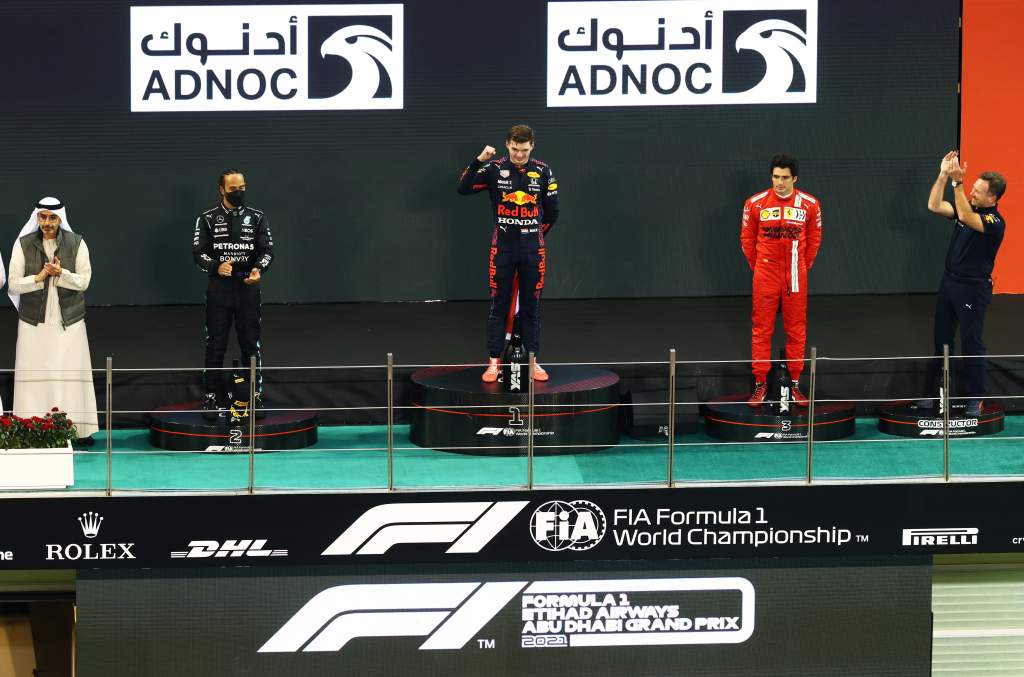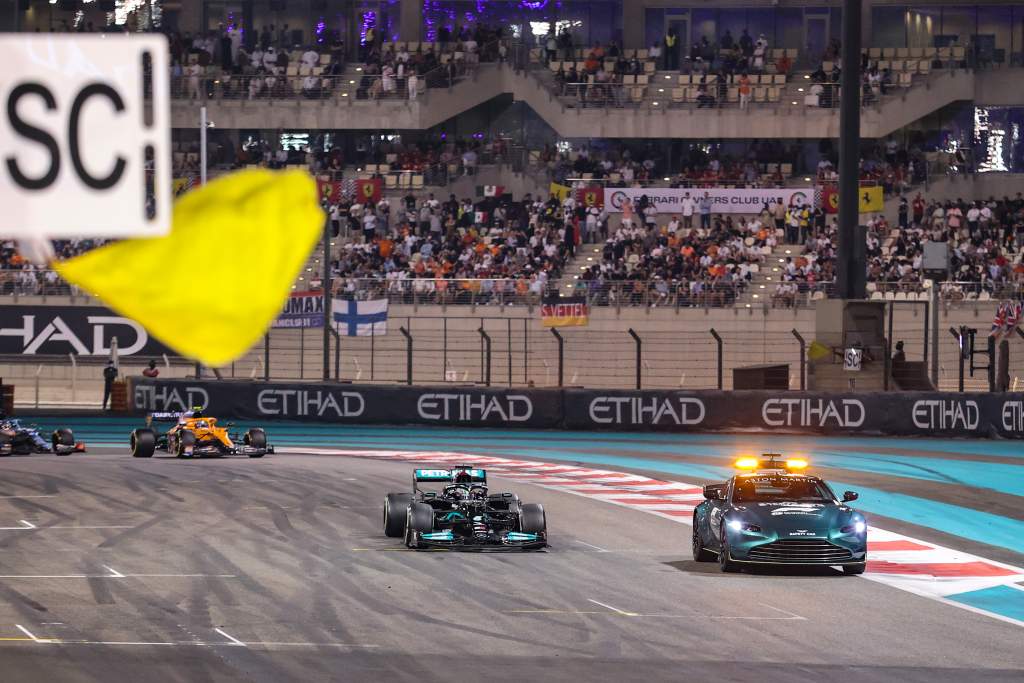FIA hints at changes to safety car use and its F1 ‘structure’
The FIA will discuss the use of the safety car in Formula 1 at a meeting of a regulatory advisory committee next week and could also revise the “FIA F1 structure” for the 2022 season

The FIA will discuss the use of the safety car in Formula 1 at a meeting of a regulatory advisory committee next week and could also revise the “FIA F1 structure” for the 2022 season.
F1’s governing body pledged a detailed analysis of the conclusion of the 2021 season finale in Abu Dhabi, where the handling of a late safety car influenced the outcome of the world championship.
A month has passed since the FIA World Motor Sport Council announced its intention to conduct that review but the process has finally begun and has also been recognised by an FIA statement that breaks its silence since that WMSC meeting on December 15.
The FIA says that new president Mohammed Ben Sulayem has launched a consultation with all F1 teams on “various issues” including the Abu Dhabi review.
It says the January 19 meeting of the Sporting Advisory Committee, which can recommend changes to the regulations, will include a dedicated discussion on “the use of the safety car”.

In Abu Dhabi, race director Michael Masi only allowed the five lapped cars between Lewis Hamilton and Max Verstappen to unlap themselves before the race restart and not other three of Daniel Ricciardo, Sebastian Vettel and Mick Schumacher.
He also ignored the rule that states the safety car must come into the pits at the end of the following lap – which, if followed, would have been at the end of the final lap of the race – in order to ensure a green-flag finish, which gave Verstappen a chance to attack Hamilton with a tyre advantage, and win the race and the world championship as a result.
The process Masi implemented was justified by the stewards as being an extension of power supposedly enabled by Article 15.3 that gives the race director “overriding authority” on the use of the safety car.
As explained by The Race, the FIA review should seek to determine whether the process race director Masi followed in Abu Dhabi was justified, and – regardless of whether the rules were interpreted and applied correctly – whether this scenario should be allowed to play out in the future or if changes to the rules are necessary.
The FIA says that the sporting advisory committee meeting will be followed by a “shared discussion with all F1 drivers”.
It has also named a firm deadline for completing the process, as it intends to present the outcome of its analysis to the F1 Commission in February and announce final decisions at the World Motor Sport Council on March 18 in Bahrain, which will host the 2022 season opener two days later.
Though this seems too close to start of the season, it is likely that all the relevant findings and changes will be disclosed at the F1 Commission meeting and the WMSC meeting will just be a rubber-stamping exercise.
Ben Sulayem has also asked secretary general for sport Peter Bayer, who was recently appointed as the head of single-seater matters for the FIA, for proposals to “review and optimise the organisation of the FIA F1 structure” for 2022.
This hints at a resolution on the future of Masi, whose position as race director has seemed untenable since Abu Dhabi, and also FIA F1 technical leader Nikolas Tombazis – both have been connected to criticism from Mercedes boss Toto Wolff about F1 being “held ransom by ad hoc decisions”.



